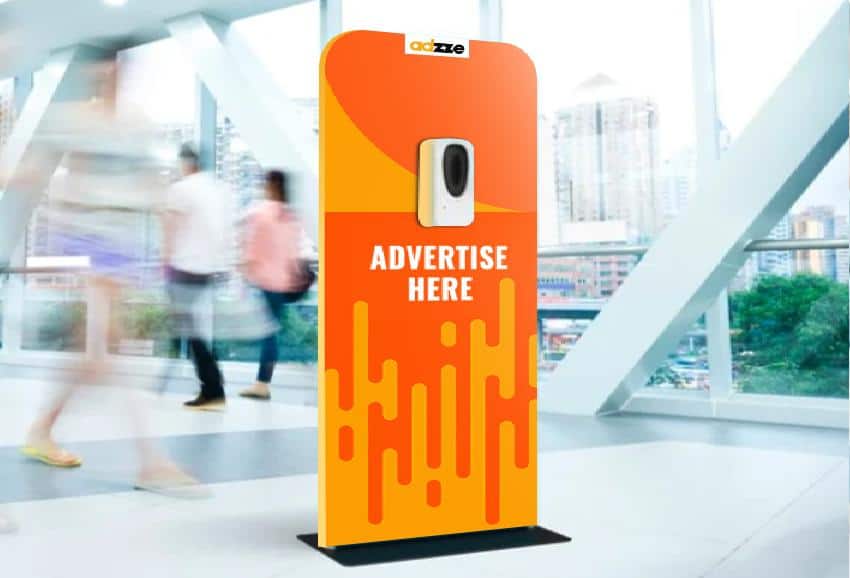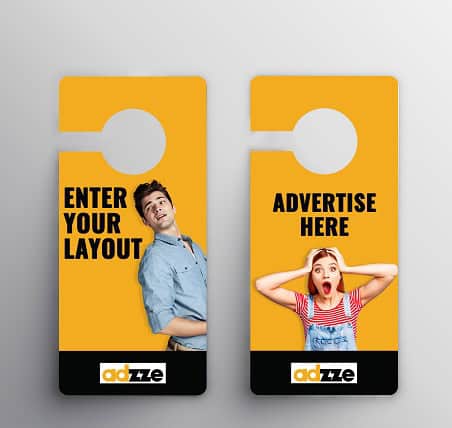In today’s competitive market, traditional advertising methods are no longer as effective as they once were. With shorter attention spans and a crowded digital landscape, advertisers are turning to more innovative and engaging strategies. Ambient advertising, which places ads in unconventional and highly visible spaces, has proven to be an effective way to capture attention and drive conversions. From coffee sleeves and pizza boxes to sanitizing stations and door hangers, these methods are helping brands stand out in new and unexpected ways.
Ambient advertising is a creative marketing approach that places ads in unexpected, everyday locations, such as coffee sleeves, pizza boxes, or shopping bags. This method captures attention in a non-intrusive way, surprising consumers and making the brand message more memorable. One of the key benefits of ambient advertising is its high engagement and recall rate, as it reaches consumers in relaxed environments where they’re more likely to absorb the message. Additionally, it offers a strong return on investment (ROI) by utilizing low-cost advertising mediums that deliver high exposure, making it an effective and budget-friendly option for businesses looking to boost brand visibility.
1. Sanitizing stations
As hand sanitizing became a common practice in public spaces, sanitizing stations offered a unique advertising platform. Positioned in locations like hospitals, shopping malls, and schools, these stations provide a direct and impactful way to reach target audiences. With digital displays integrated into the stations, brands can engage people while they sanitize their hands, ensuring high visibility and interaction.

The hand sanitizing stations feature a digital display where the advertisers can run advertisements. As people use the hand sanitizing stations, they interact with the advertisements. This means greater ad exposure. All that advertisers need to consider is to identify the hand sanitizing stations used by the target audience. For instance, if you were targeting university students, the potential locations would be hand-sanitizing stations within and around the university. Likewise, those in the pharmaceutical industry can place adverts at the hand sanitization stations within and around the hospitals.
2. Coffee Sleeve Marketing
Coffee shops use coffee sleeves to protect the customers from the hot coffee. Customized coffee sleeves are the perfect way to target coffee lovers. Coffee sleeves keep your customers engaged, getting your brand message clearly and effectively. To use this method effectively, the advertisers need to identify the coffee shops frequented by the target audience. Ensure high-quality prints so that the message is clear and the target audience can take the desired actions.
3. Pizza Box Marketing
Pizza box marketing has become increasingly popular, especially as delivery services have expanded. By printing your brand’s message on pizza box tops, you can reach a broad audience. Pizza lovers often share their dining experiences on social media, providing even greater exposure for your brand as their friends and followers see the message.

With pizza box marketing, the advertiser stands a chance to reach a wider audience. This is considering that the pizza lovers have a culture of sharing their live video while enjoying the pizza. Thus, as they open the pizza box, friends see the brand message.
4. Door Hanger Marketing







